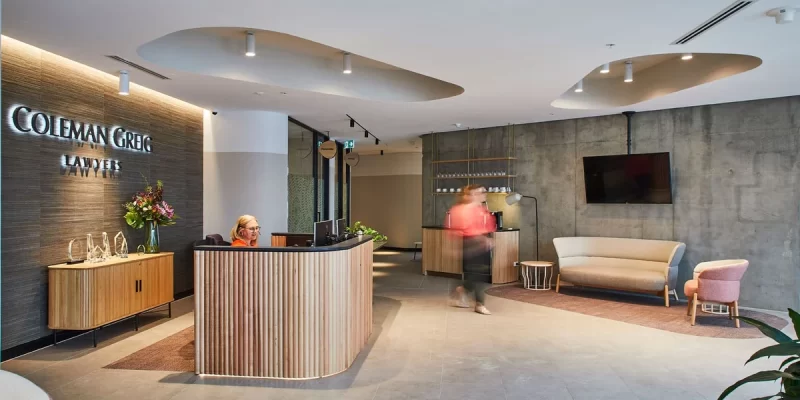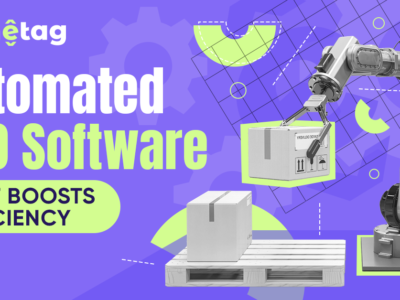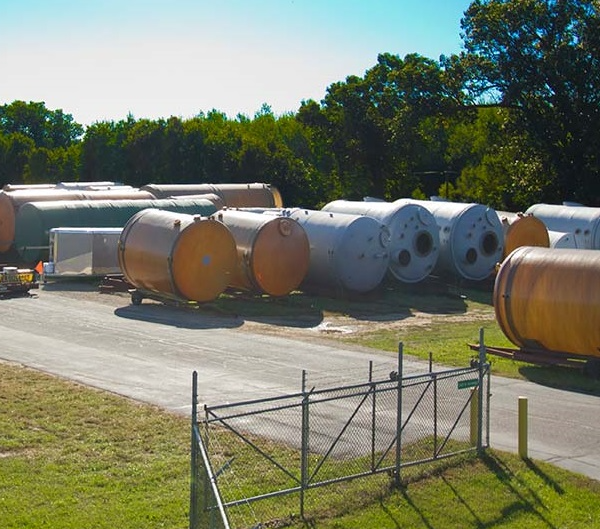
Introduction
A commercial fitout is more than just a renovation; it’s a strategic transformation that enhances functionality, aesthetics, and brand identity in commercial spaces. Whether you’re launching a new business, relocating, or upgrading your existing environment, understanding the key elements of commercial fitout can help you create a workspace that maximizes productivity and reflects your brand values. This comprehensive guide will cover the critical aspects of commercial fitouts, including planning, design considerations, trends, and the fitout process.
What is Commercial Fitout?
Definition and Purpose
A commercial fitout refers to the process of equipping a commercial space with necessary fixtures, furniture, and fittings to make it functional for business activities. This process includes everything from floor planning and interior design to the installation of essential utilities.
Types of Commercial Fitouts
1. Shell and Core Fitouts
These are basic structures that include essential elements such as walls, ceilings, and utilities. The tenant is responsible for completing the interior according to their specific needs.
2. Category A Fitouts
This type typically includes basic services such as lighting, power outlets, and heating/cooling systems. It’s designed to create a usable space that can be customized further by tenants.
3. Category B Fitouts
Category B fitouts are fully customized spaces tailored to specific business needs. They often include partitions, furniture, and specialized equipment.
Why Invest in a Commercial Fitout?
Enhancing Employee Productivity
A well-designed workspace can boost employee morale and productivity. By creating a functional and aesthetically pleasing environment, businesses can improve employee satisfaction, which directly impacts performance.
Strengthening Brand Identity
The design of your commercial space is a reflection of your brand. A unique fitout can differentiate your business from competitors and create a memorable impression on clients and visitors.
Maximizing Space Efficiency
An effective fitout can optimize space usage, ensuring that every square foot serves a purpose. Thoughtful layout planning can reduce wasted space and improve workflow.
Key Elements of Commercial Fitout
1. Space Planning
Understanding Your Needs
Before beginning the fitout process, it’s essential to assess your business needs. Consider factors such as the number of employees, required facilities, and future growth plans.
Layout Design
Creating an effective layout is crucial. Options may include open-plan designs to encourage collaboration or closed offices for privacy. The layout should align with your operational needs and company culture.
2. Interior Design
Aesthetic Choices
The aesthetics of your commercial space play a vital role in shaping perceptions. Choose color schemes, furniture styles, and decor that reflect your brand’s personality.
Lighting and Ambiance
Lighting can dramatically impact mood and productivity. A combination of natural and artificial lighting can create a welcoming atmosphere. Consider the use of task lighting in work areas and ambient lighting in common spaces.
3. Furniture and Fixtures
Ergonomic Solutions
Investing in ergonomic furniture is essential for employee comfort and health. Adjustable desks, supportive chairs, and collaborative tables can enhance the workplace experience.
Customization
Depending on your business needs, consider customizing furniture and fixtures to fit your brand and operational requirements. This could include branded elements that enhance your corporate identity.
4. Technology Integration
Smart Office Solutions
Incorporating technology can streamline operations and enhance the employee experience. Features such as smart lighting, integrated audio-visual systems, and high-speed internet are essential in modern commercial fitouts.
Future-Proofing
Choose technology solutions that can adapt to future changes. Flexibility is key to ensuring your workspace remains functional as business needs evolve.
The Commercial Fitout Process
1. Initial Consultation
The fitout process begins with an initial consultation. This stage involves understanding your business goals, budget, and timeline. Engaging with a fitout specialist can provide valuable insights and guidance.
2. Concept Development
During this phase, designers create concept layouts and mood boards that align with your vision. Feedback is crucial in refining the design to meet your specific requirements.
3. Detailed Design
Once the concept is approved, detailed designs are created, including technical drawings and specifications. This phase may also involve selecting materials, finishes, and furnishings.
4. Construction and Fitout
This is where the actual work takes place. Skilled tradespeople will execute the design, including construction, installation of fixtures, and any necessary electrical or plumbing work.
5. Final Inspection
After the fitout is completed, a final inspection ensures that everything meets your specifications and quality standards. Any necessary adjustments can be made at this stage.
6. Handover
Once everything is in order, the completed space is handed over to you. At this point, you can begin the process of moving in and settling into your new environment.
Current Trends in Commercial Fitouts
1. Sustainability
Sustainable design practices are becoming increasingly important in commercial fitouts. Using eco-friendly materials, energy-efficient systems, and waste-reducing strategies can enhance your brand’s reputation and contribute to a healthier planet.
2. Flexible Workspaces
With the rise of hybrid working models, flexible workspaces that accommodate both collaboration and individual work are gaining popularity. Modular furniture and adaptable layouts can support a variety of working styles.
3. Wellness-Focused Design
Incorporating wellness elements, such as natural light, indoor plants, and relaxation areas, can enhance employee well-being and productivity. Creating a healthy work environment is now a priority for many businesses.
Budgeting for Commercial Fitout
Key Cost Factors
- Size of the Space: Larger areas will require a bigger investment in materials and labor.
- Quality of Finishes: Higher quality finishes and furniture can increase upfront costs but may offer long-term benefits.
- Complexity of Design: More intricate designs may necessitate specialized labor, affecting overall costs.
Tips for Budget Management
- Prioritize Key Areas: Allocate your budget to high-impact areas like reception and meeting spaces.
- Consider Pre-Owned Options: Second-hand furniture can offer significant savings without compromising quality.
- Plan for Contingencies: Always set aside a portion of your budget for unexpected expenses that may arise during the fitout process.
Conclusion
Investing in a commercial fitout is crucial for creating an efficient, aesthetically pleasing, and functional workspace. By focusing on elements like space planning, interior design, and technology integration, businesses can craft an environment that enhances productivity and reflects their brand identity. For tailored solutions and expert guidance, explore Axiom Workplaces.
FAQs
What is a commercial fitout?
A commercial fitout refers to the process of preparing a commercial space for use, including the installation of fixtures, furniture, and finishes.
How long does a commercial fitout take?
The timeline for a commercial fitout can vary based on complexity, but it typically ranges from a few weeks to several months.
What factors influence the cost of a commercial fitout?
Key factors include the size of the space, quality of finishes, and complexity of the design.
Can I customize my fitout design?
Absolutely! Customization is a key feature of commercial fitouts, allowing you to tailor the space to your specific business needs and brand identity.
Should I hire a professional for my commercial fitout?
While DIY options exist, hiring a professional can ensure a seamless process and high-quality results that align with your vision.










